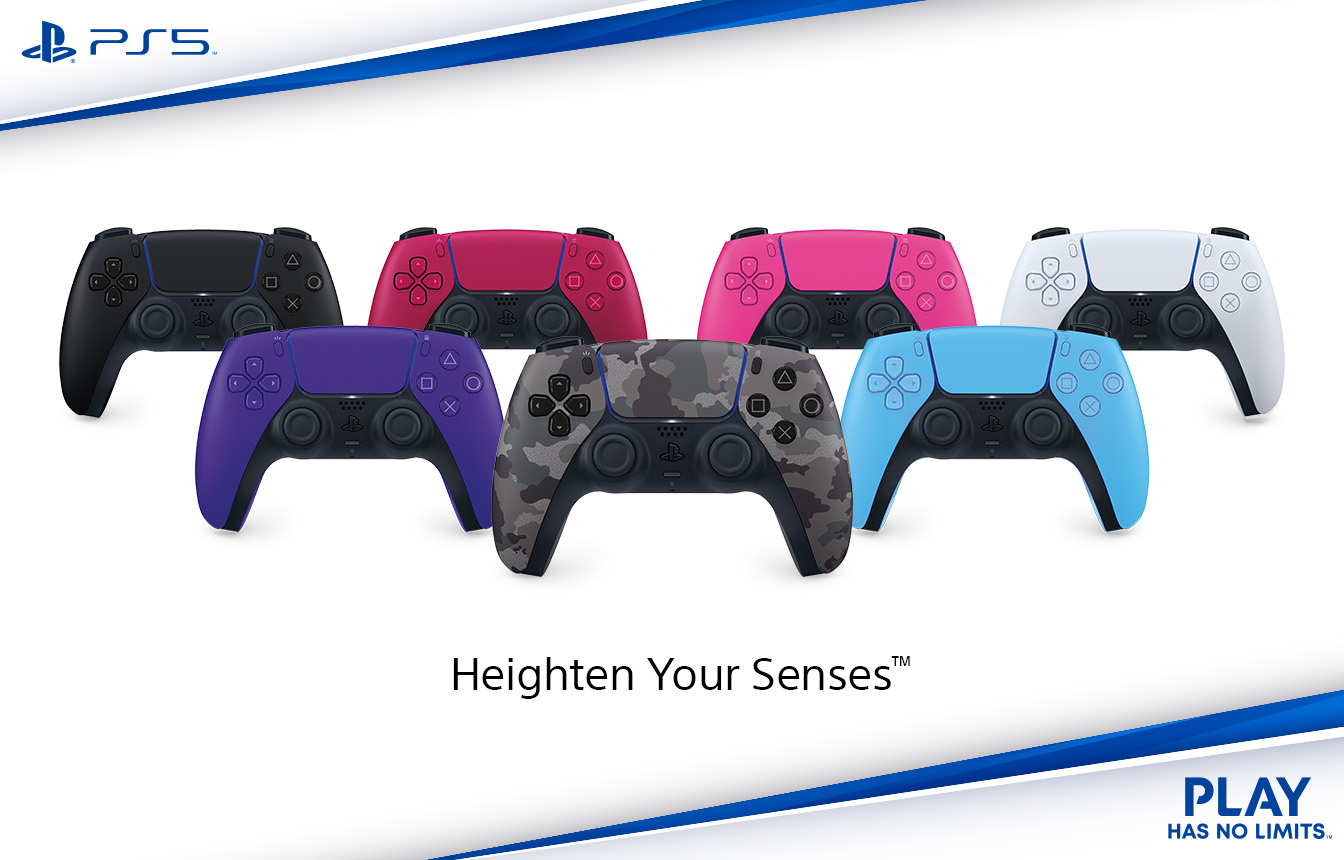Rayman Legends delivers some of the most intense, exhilarating, intoxicating 2D platforming I’ve ever experienced in more than 25 years of playing the genre. But it also makes me red with rage.
No, I’m not talking about the ill-advised, originally Wii U–exclusive segments that don’t really fit properly on any platform—we’ll get to those a little bit later—but the fact that for nearly 15 years, the industry did its best to try to kill games like these.
At the end of the Super NES era, I was excited for both the potential of expansive, 3D polygonal worlds and the further evolution of 2D standard-bearers like Mega Man, Castlevania, and Ghosts ’n Goblins. As everyone knows, we only got the former on the home consoles, with 2D gaming slowly relegated to handhelds—or stamped out altogether, oftentimes intentionally and short-sightedly. And I’ve held a grudge ever since. I never understood why we had to hold up one example as “the future of gaming” while tearing down the other as some bygone relic that wasn’t worth our time anymore. Why couldn’t we have both?
Thankfully, the affable Michel Ancel—the French industry legend who originally created everyone’s favorite limbless platforming icon back in 1995 on the Atari Jaguar, of all platforms—clearly didn’t harbor any ill will, because there’s no way a grudge-carrying designer could’ve delivered the absolute joy and whimsy on display in Rayman Legends.
First, though, let me be clear about what Legends is not. Though it may share a superficial visual similarity with 2011’s Rayman Origins, the two are entirely different experiences.
At the beginning of Origins, Rayman loses his powers, Samus-style, and has to traverse several worlds to get them all back. Normally, I’d say he lost them for narrative purposes, but that’s the thing about Origins and Legends—there is no plot! All you need to know about the proceedings is that, in a recent French-language interview with Gamekult, Ancel compared Legends to porn—in other words, it cuts right to the chase. (Or, in Ancel’s words, “It gets to the point without having to ask why the plumber was there in the first place!”)
Hey, Ancel said it, and who am I to question it?
There’s none of that artificial handicapping here (and the only plumber on display is an optional Mario costume for Rayman in the Wii U version). Legends trusts the player to figure out the arsenal of moves at their disposal and execute them correctly. Want to swim past a menacing, tentacled eyeball creature or race sideways up a wall to collect a hidden item? If you think you can pull it off, Legends affords you that freedom from the start.
The two games are also different in that Origins always felt a tad sinister in spite of its cartoony exterior—this feels warm and welcoming. Rather than the exotic, somewhat dissonant Jew’s harp heard at the start of Origins, a familiar, toe-tapping medieval theme invites players to the world of Legends and eases them into the experience as Rayman leaps into paintings—just like a certain mustachioed hero—to go adventuring. It certainly gets harder—with a zany mix of clever nods to James Bond, Greek myth, and the Mexican Día de los Muertos popping up along the way—but Legends paces itself impeccably well, which was one of Origins’ major faux pas.
It’s not just the pacing or settings that make Legends work, though—it’s the spectacularly designed levels that always see you discovering new things each time you play them. How do I know? Because I played them on 360, Wii U, and Vita—and never got bored. That’s partly due to the core platforming design that really rewards a sense of exploration. The overarching goal is to complete the level, of course, but there’s also a secondary quest: rescuing Teensies, tiny little wizardfolk who hold the power to unlock new areas once you’ve collected enough of them.
The boss battles, too, are a step above Origins’ painfully frustrating confrontations. They’re much more balanced, far more diverse, and truly tie into the various worlds Rayman’s spent the last hour or two traversing through.
After these impressive showdowns, though, comes the pièce de résistance: music-based levels that truly take platforming to a place it’s never been. But this isn’t about tapping buttons in time to the rhythm—it’s about playing the game in time to the music. It’s really like playing an instrument. When you’re in time with the game, when you’re hitting every beat, you can almost stop thinking and simply let instinct take over. When you fall behind and gasp for air—something I have extensive experience with as both a failed clarinet and saxophone player—you’ll perish in seconds.
The best way I can describe these levels is that it feels like you’re playing a classic Looney Tunes cartoon, where Wile E. Coyote’s chasing the Road Runner across the desert in time to the music. Here, Rayman’s jumping, dodging, ducking, and stretching in order to reach his goals, and the music itself provides the cues and clues for the correct moves. Orchestral Chaos, the best of the bunch, is now among my top 10 favorite gaming levels, period.
In Rayman Legends, playing is always the best reward. While there’s a “score,” so to speak, and you definitely collect plenty of shrieking miniature warlocks and humming illuminated critters, that wasn’t my motivation. I just wanted to collect as many as I could because I adored seeing Rayman shimmy to the music when I’d done enough to warrant a gold trophy. I didn’t need a list of Achievements on my Xbox 360 to make me happy—I just needed Rayman’s funky groove.
Legends does have one unfortunate major blemish, however. While the vast majority of levels are impeccably laid out, the game sabotages itself with tag-team segments that revolve around Rayman’s floating frog pal, Murfy. These were originally designed for the Wii U when Legends was exclusive to that console, but they’ve since been ported to every platform—without much success in any case. You’ll find two or three of these in each of the five worlds, which include 9 or 10 levels total—so between 20 to 30 percent of the main experience in all.
If you’re playing with a friend on the Wii U, the player holding the GamePad will use the touchscreen technology to move platforms, cut wires, or stamp out baddies. And, yes, these segments are decent diversions with friends—though I certainly wouldn’t want to play that way the whole way through.
The problem comes when you attempt these as single-player experiences—which the majority of people will likely do, especially considering there’s no online multiplayer option. On the Wii U, you play the role of Murfy as you watch a bumbling AI partner stumble his way across the level and hopefully—often miraculously—wind up in the correct place. Really, it feels like you’re trying to save the bumbling Mr. Bean from a series of unfortunate mishaps while he wanders off and gets himself in trouble again. Don’t get me wrong—I’m all about Rowan Atkinson. He was great in Blackadder. But I don’t need my gaming AI partners to bear any sort of resemblance to Mr. Bean.
On the 360, the solution’s still far from satisfactory. Here, you control the platforming character while pressing a button to guide Murfy to the next platform or object with which he can interact. The problem is that Murfy isn’t very good at staying in the right place. He’ll zig when you expect him to zag, and sometimes he’ll even leap back to a previous platform and move that instead, leaving you to face lava-engulfing doom—all because you dared to trust a flying French frog.
And the sad part is, these levels were actually the most palatable to me on the 360. At least there, I felt like I was in partial control of whether I succeeded or failed, while on the Wii U and Vita, I felt at the mercy of an inane homunculus who’d managed to invade my game.
It would be one thing if these levels were optional or there were at least an option to pick between the lesser of two evils, but Legends gives you an all-or-nothing proposition. The game also staggers the Murfy levels toward the beginning of the game, making them all the harder to avoid if you want to unlock new areas.
There’s so much bonus content and surprises in store, however, that these handful of levels are only an annoyance in the end—not a deal-breaker. Legends offers 40 “remixed” levels from Rayman Origins, and they’re worth playing through even if you already know that game inside and out. I actually swapped between my copies of Legends and Origins to test these sequences out and found that playing through these same levels in Legends far more enjoyable—the controls are tighter, Rayman feels far more powerful, and conventions I tolerated two years ago now seemed dated and frustrating. I would never want to dissuade anyone from giving Origins a shot—it’s a great game in its own right—but, I’d strongly recommend Legends over Origins if you’re new to the series.
My only other problem with Legends is a bit more selfish. After seeing the credits roll, I wanted more. Not that Legends is a truncated experience—I spent well over 20 hours exploring everything it had to offer—but when a platformer’s this enjoyable, you just don’t want it to end. As luck would have it, after you’ve rescued enough Teensies, you unlock a series of bonus levels. After seeing the names and paintings that accompanied these additional areas, I was excited, expecting similarly sublime thrills to those I saw in Orchestral Chaos.
What I got was a sadistic, brutal, painful set of challenges that seemed more from the twisted mind of Andy Kaufman than the thoughtful Ancel. I don’t mind a challenge at all, but these are painful to play and commit the biggest sin a platformer can make: They just aren’t fun. They don’t ruin the overall package, of course, but they did leave a sour post-game taste in my mouth, and I expected far more from the talented minds behind Legends.
That’s my major takeaway from Rayman Legends, in fact: I came to expect greatness. I expected to be blown away every time I started a new level. So, on those rare occasions I wasn’t, I was crushed. And maybe it’s because, with Ancel rumored to be moving on to the long-awaited Beyond Good & Evil 2, I don’t know when any of us will get a chance to play a game quite like this again. We should all savor it.
|
★★★★☆
Rayman Legends is the second cartoony platforming tour de force from French industry icon Michel Ancel in three short years. These are the kinds of games I dreamt about playing at the end of the Super NES era—it just took 15 years to get there. This isn’t a mere rehash of 2011’s Rayman Origins, though: New rhythm-based levels play out like a classic orchestrated Looney Tunes matinee in game form, while the worlds themselves are a zany mix of clever nods to James Bond, Greek myth, and the Mexican Día de los Muertos. Levels originally designed for the Wii U make a painfully awkward transition to the Xbox 360, but the main course is as exhilarating as any platformer from the last 25 years. |
Developer Ubisoft Publisher Ubisoft Montpellier ESRB E10+ – Everyone 10+ Release Date 09.03.13 |
| Rayman Legends is available on Xbox 360, PS3, PC, Wii U, and PS Vita. Primary version played was for Xbox 360. Product was provided by Ubisoft Montpellier for the benefit of this coverage. EGM reviews on a scale of one to five stars. | |

A proud Japanese RPG and serial-comma enthusiast, Andrew attended E3 for more than a decade. His least-proud moment? That time in 2004 when, suffering from utter exhaustion, he decided to take a break on the creepy, dilapidated—and possibly cursed—La-Z-Boy at Konami’s Silent Hill booth.





